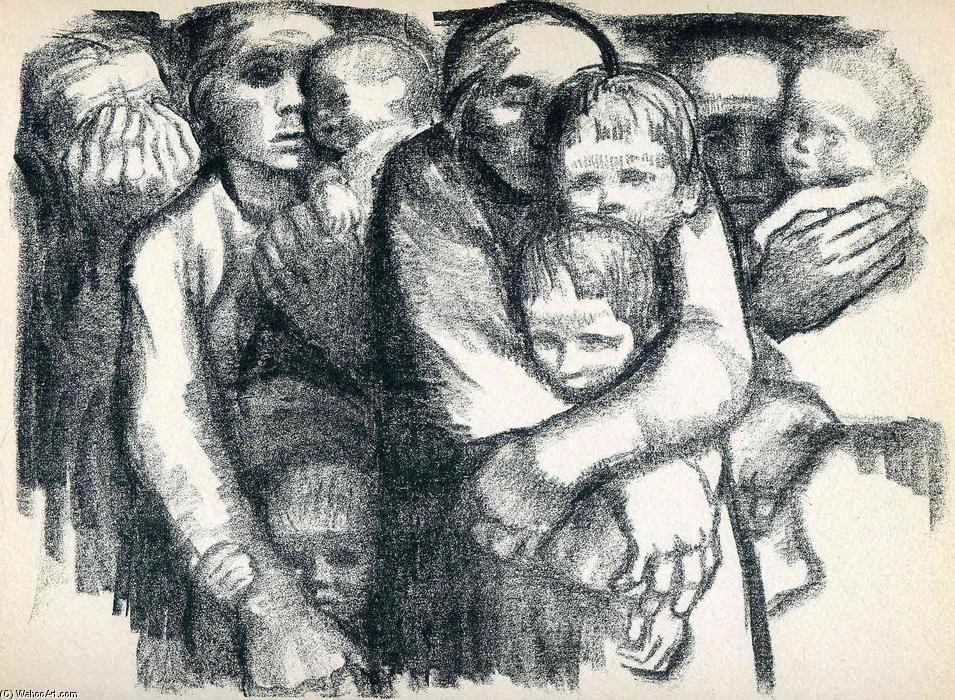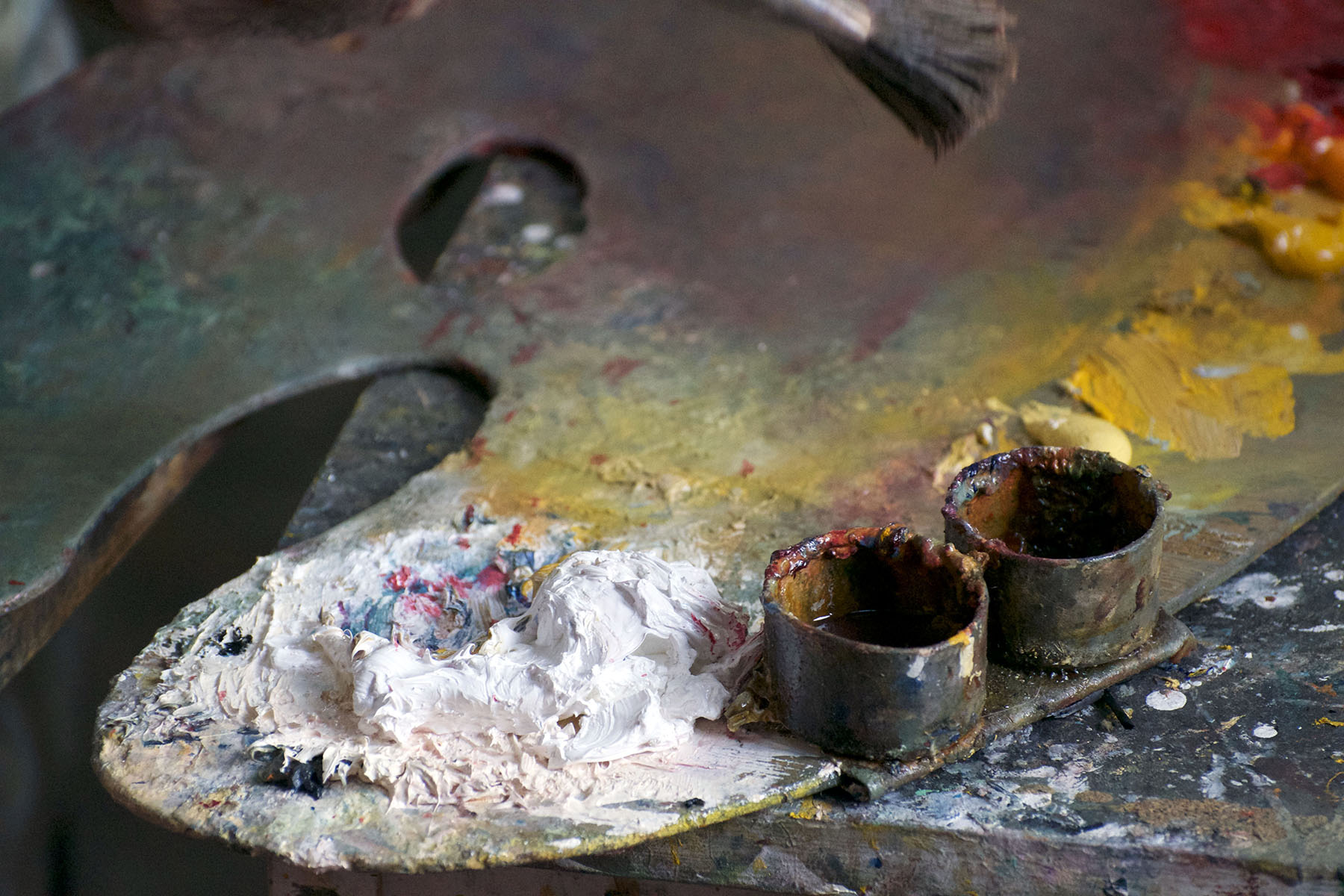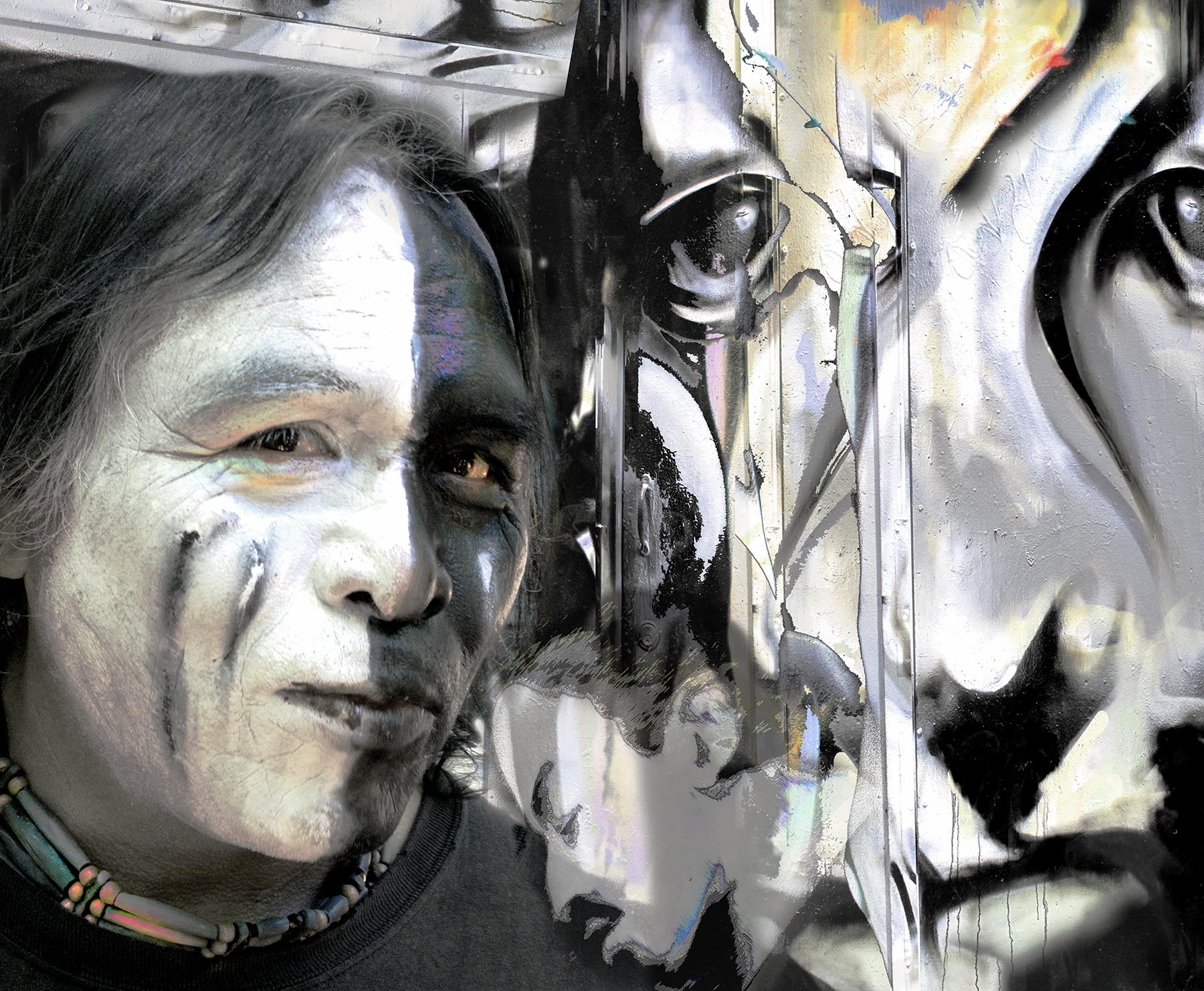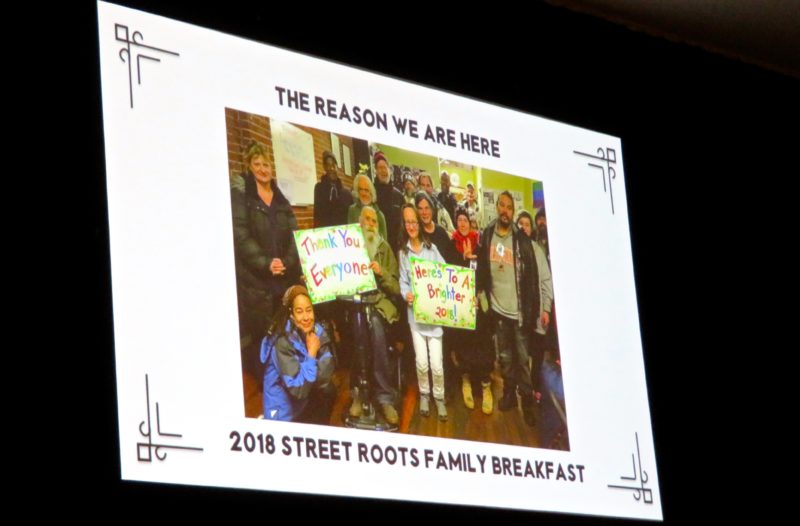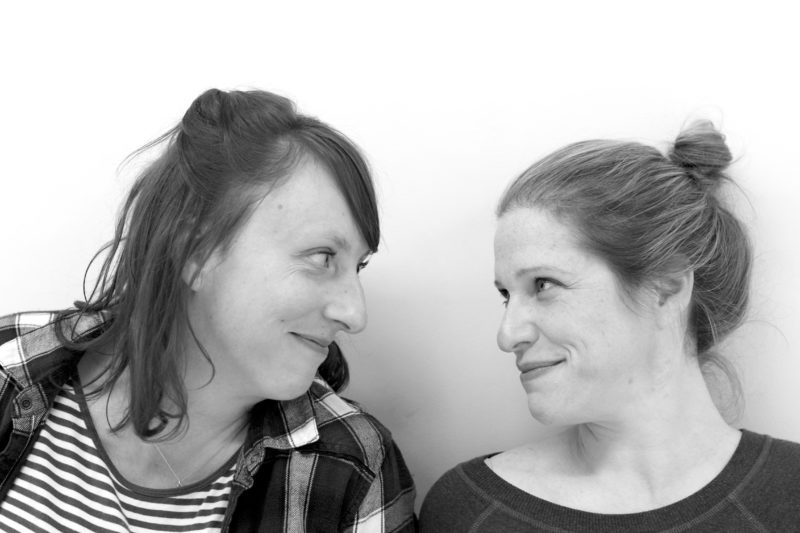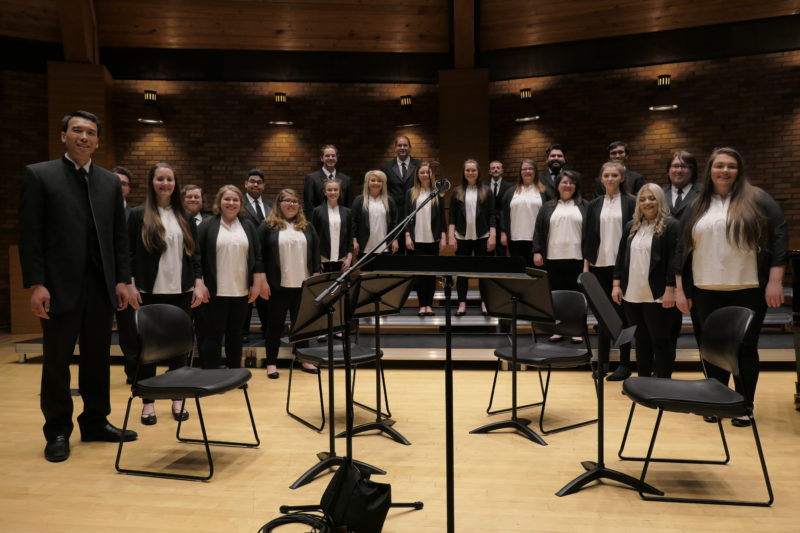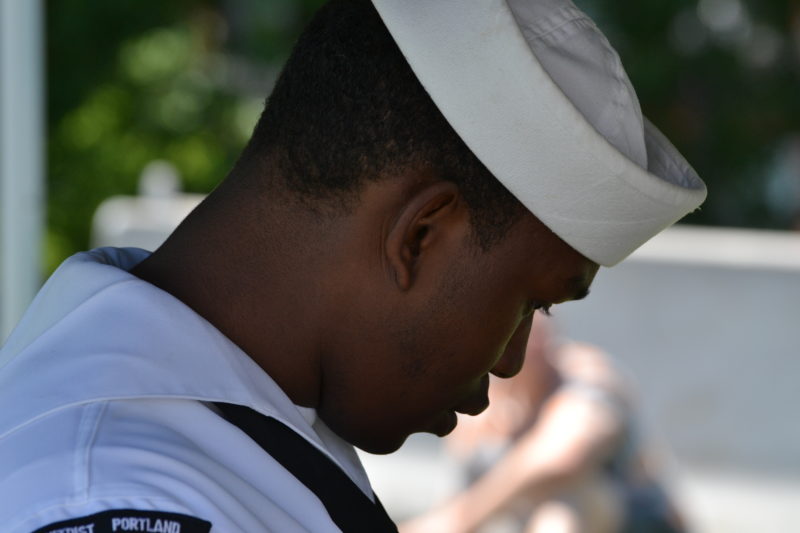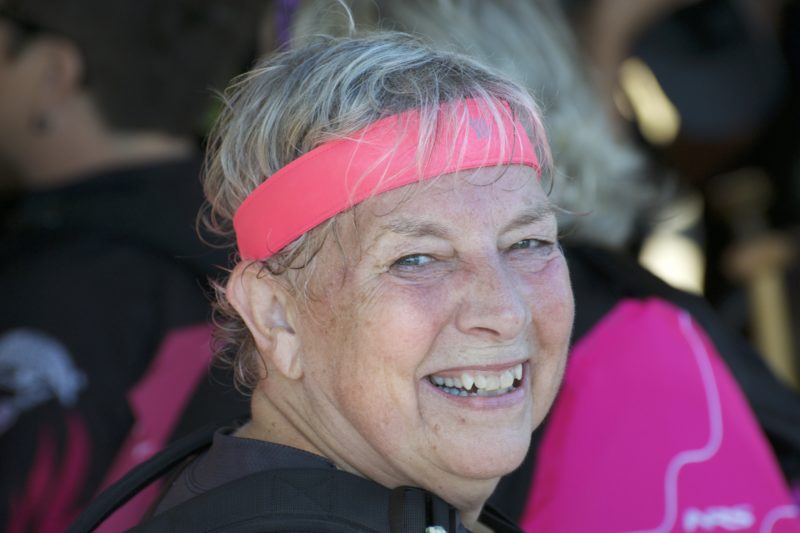Let me take yesterday’s Mothers’ Day as my annual occasion to remind all of us that mothering would not be possible but for those who support it, parents and non-parents alike. Let’s celebrate ALL who make raising children in this world a shared adventure.
In this particular year my heart goes out to mothers who have lost their children in the pandemic, upending the natural order of parents dying before their offspring. I cannot imagine anything more painful than to lose a child. The hardest hit geographic areas, Brazil, Uruguay, India have also seen a huge percentage of young people killed by a virus that could have been contained, the latter a fact that adds insult to injury for the bereaved.

I cry with the mothers who have seen their children killed by political violence. Scores of schoolgirls in Afghanistan, this weekend alone. In Syria, the war has injured or killed one child every 8 hours in the last 10 years. In Yemen, at least 3,153 children have died and 5,660 children have been injured, according to a report by UNICEF. On average, 50 children are killed and 90 are wounded or permanently disabled each month.

The numbers for the Palestinian territories occupied by Israel vary depending on what source you read, but they are shockingly high even when reported by neutral parties. The deaths caused by IDF or settler activity are just the tip of the iceberg. The threats to health imposed by blockades, restricted access to medical care, electricity, food and water have their own consequences. A Human Rights Watch report can be read here and one specifically for Palestinian children by War Child, an organization that supports children in 17 war-torn countries, here. While bereaved families on both sides try to work together and plead for reconciliation, the violence against Muslims continues to increase, as we have seen this weekend in the shocking events at the Al-Aqsa mosque during end of Ramadan prayers. As reported in the Times of Israel, the Red Crescent was blocked by Israeli forces to come to the aid of the 200 wounded, many under 18 among them.
Tears for the mothers in our own country, too. In the last 6 years police have shot 22 children under 16 fatally. According to the Equal Justice initiative, the risk of being one of those victims is 6 times higher for those kids who are Black. If we look at mortality statistics for young Black men and teens, the risk of dying in a shooting, by police or by gang conflict, is increased 20 fold. Black men and boys ages 15 to 34 make up just 2% of the nation’s population, but they were among 37% of gun homicides in 2019 according to the CDC.

Heartache for the mothers and their children who flee unsafe lives for hope of asylum, only to perish on the perilous path across seas or deserts, or to be separated violently at the point of arrival.

Solidarity to the women activists, many of them mothers, who are willing to face separation from their children, and/or threats to their health and lives by torture in prisons around the world: in Saudi Arabian jails, in Iranian jails, in Russian, Turkish, Chinese, Egyptian and Philippine jails, a list by no means exhaustive.

Children should be safe. From war, from political conflict, from systemic, state sponsored violence, from racism, from hunger, from being ripped away from their families. Mothers should never have to bury a child.
